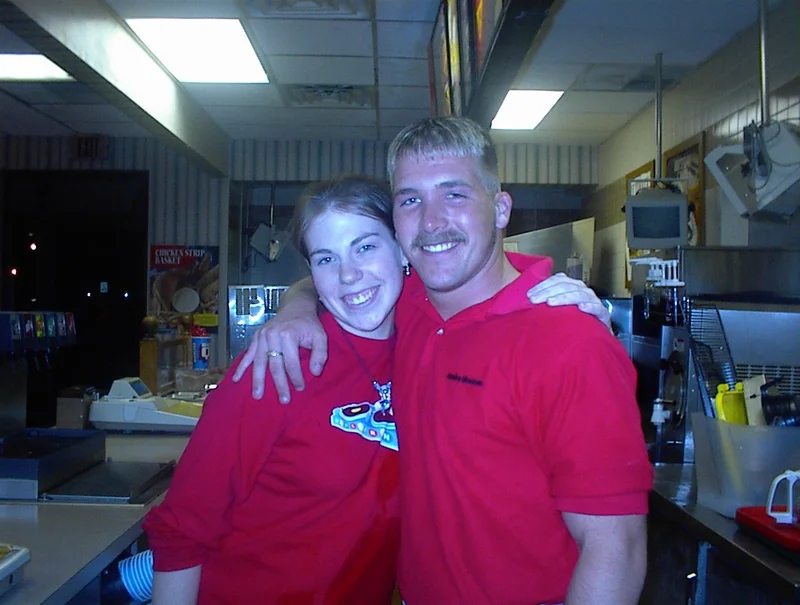Dairy Queen Rival's Bankruptcy Filing: What Happened and What It Means
Freddy's Bankruptcy: A Sign of the Times or a Blip on the Radar?
Here’s the thing about progress: it's never a straight line. We dream of a future brimming with technological marvels and unprecedented prosperity, but the path to get there? It’s always paved with unexpected bumps, detours, and, yes, even a few bankruptcies. The recent news that M&M Custard, a major Freddy's Frozen Custard & Steakburgers franchisee, has filed for Chapter 11 protection might seem like a setback, a dark cloud on the horizon. But I see it differently. I see it as a crucial data point, a signpost on the road to a more resilient and ultimately more equitable future.
The headlines paint a bleak picture: "Dairy Queen Rival Files for Bankruptcy," they scream. And yes, the details are concerning. M&M Custard, with its $5.2 million in assets and $27.7 million in liabilities, is facing a tough restructuring. But let's not lose sight of the forest for the trees. This isn't about the failure of a single franchisee; it's about the broader economic pressures squeezing lower- and middle-income consumers. As McDonald's CEO Chris Kempczinski pointed out, they’re seeing a clear split in consumer behavior, with lower-income folks pulling back on restaurant spending. Chipotle's CEO Scott Boatwright echoed this, noting a decline in frequency across all income levels earlier in the year. This isn't just a Freddy's problem; it's a systemic issue.
The Bigger Picture: Economic Tides and Shifting Sands
Think of it like this: the economy is a vast ocean, and businesses are ships navigating its currents. Sometimes, the tides turn, the winds shift, and even the best-captained vessels can find themselves in rough waters. What’s happening with Freddy's—and with other chains facing similar challenges—is a symptom of these changing tides. We're seeing increased student loan repayments, slower wage growth, and a general sense of economic uncertainty weighing on consumers.
But here's where the optimism comes in, and this is the part that gets me really excited. These challenges are forcing businesses to adapt, to innovate, and to find new ways to serve their customers. Just like how the printing press, despite initial resistance, revolutionized information dissemination, these economic pressures are forcing a re-evaluation of business models. How can restaurants become more efficient? How can they offer greater value to budget-conscious consumers? How can they leverage technology to create more personalized and engaging experiences? These are the questions that are being asked, and the answers will shape the future of the industry.

And what about the human element? This is where I feel it most. When I think about the families and individuals who are affected by these closures, I can't help but feel a pang of sadness. But I also see an opportunity for us to come together as a community to support those who are struggling and to create a more inclusive and equitable economy. What if we could create a system where everyone has access to the resources and opportunities they need to thrive? What if we could build a society where economic hardship is the exception, not the rule?
The fact that M&M Custard plans to close several stores as it navigates bankruptcy is, of course, concerning. But the filing also states that funds will be available to pay out unsecured creditors. And crucially, the parent firm isn't involved, so this isn’t an indicator of the entire Freddy's chain going under. Could it even be a chance to re-evaluate locations and invest in more promising ones? These are tough questions, and I don't pretend to have all the answers. But I do know that by facing these challenges head-on, by embracing innovation, and by working together, we can create a brighter future for everyone.
The Inevitable March of Progress
This is a moment to innovate, and I believe in the power of human ingenuity to overcome any obstacle. It’s easy to get caught up in the doom and gloom, but remember, every challenge is an opportunity in disguise.
So, What's the Real Story?
This isn't a sign of impending doom; it's a catalyst for change. It’s a reminder that progress isn’t always smooth, but it’s always possible if we embrace innovation, support each other, and never lose sight of our shared humanity. What this means for us is a chance to build a better, more resilient future.
